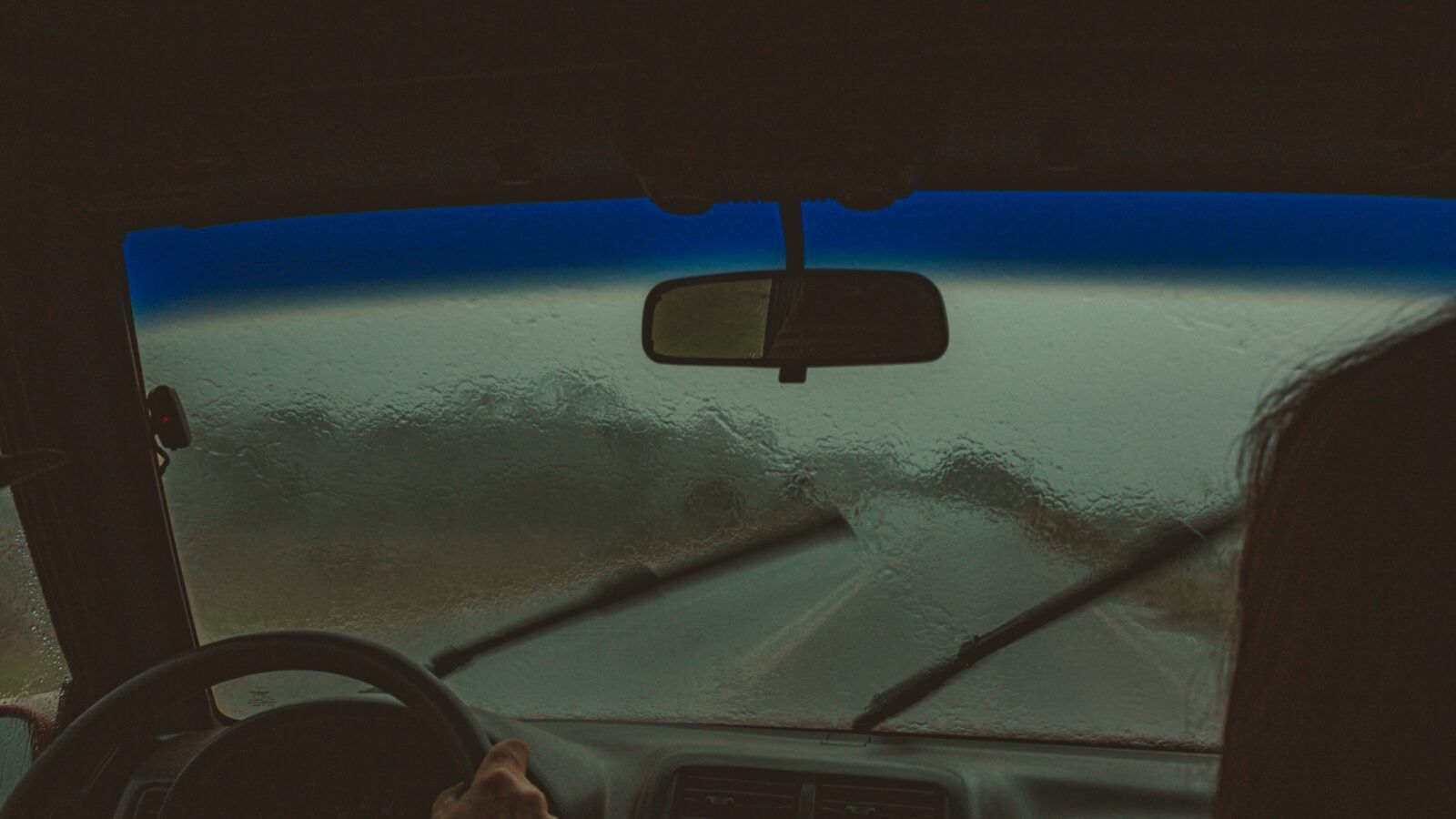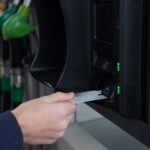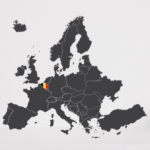What is aquaplaning
Aquaplaning occurs when you drive your car through rain and puddles. Normally, the notches in the tires ensure that the water is drained and your tires remain in contact with the road surface. This ensures the grip and a safe trajectory. But when there is too much water or the notches are worn and they cannot handle the amount of water, a layer of water forms under the wheels which can cause your car to lose grip on the track and you can start skidding. The higher the speed and the deeper the water, the greater the risk. So be careful when you are on the track in wet weather. You will notice it once your revving suddenly rises and you suddenly see an incorrect speed. Depending on which tires aquaplaning occurs, you will slip in a certain direction.
What are the causes of aquaplaning?
- Speed is one of the main factors that increase the risk of aquaplaning. At too high speeds, the tires do not have enough time to drain the water.
- Water depth: The deeper the water, the less grip you have.
- Tread depth of your tires. Your tires will naturally wear out when you are out on the road a lot and that causes the tread depth to drop, this means that there is less space for the water to drain and increases the risk of aquaplaning.
- Profile pattern: Some patterns have a better effect with aquaplaning, you can always ask your garage about this
- Tire pressure: Tires that are over-inflated or under-inflated also cause these problems
- Tire size: The normal tire is made for this, but especially special tires that are thinner than normal can also cause problems. Here the rule counts, the larger the contact area, the smaller the risk.
- Vehicle propulsion: It may seem illogical but in certain circumstances the risk of aquaplaning is greater with 4-wheel drive than with 2-wheel drive.
- Vehicle weight: The heavier the vehicle, the less risk. But that does not mean that if you are driving a heavy vehicle you are not at risk.
- Road surface: Aquaplaning is more likely to occur on level roads than on roads with grooves. You would think that we would benefit from this with our Belgian roads, but beware 😉
- All of the above, you often get to see this in a survey, but it also counts here. The more of the above you put all together, the greater the risk. Do you know that you are driving with reasonably worn tires, for example? Then be extra careful with your speed in wet weather.
How should I prevent aquaplaning?
You have to consider all the causes listed above. Adjusting your speed in wet weather is the most important thing to remember. Especially when the track is full of puddles. In addition, you should also regularly check your tires, regularly check the tread depth of your tires, 1.6 mm is the legal minimum. Your tire pressure depends on the tire and car, but you can always find this in the manual or you can ask the garage. Also keep a sufficient distance from the other cars on the track. If you start to skid, there is less chance that you will hit someone and you can still safely get the car back under control. Finally, you can also turn off your cruise control. This provides better control over the speed and a difference in reaction speed.
How do I react to aquaplaning?
The most important rule is as always, keep calm and don’t panic. Your car can quickly regain traction as soon as you slow down and/or you end up on a patch with less water. Do not brake suddenly, but try to brake on the engine. If you use the brakes too suddenly, you may lose control of your steering wheel. Then keep both hands on the wheel and keep focused on the direction you have to travel. Don’t start to pull your steering wheel brusquely because then your car can start spinning.



